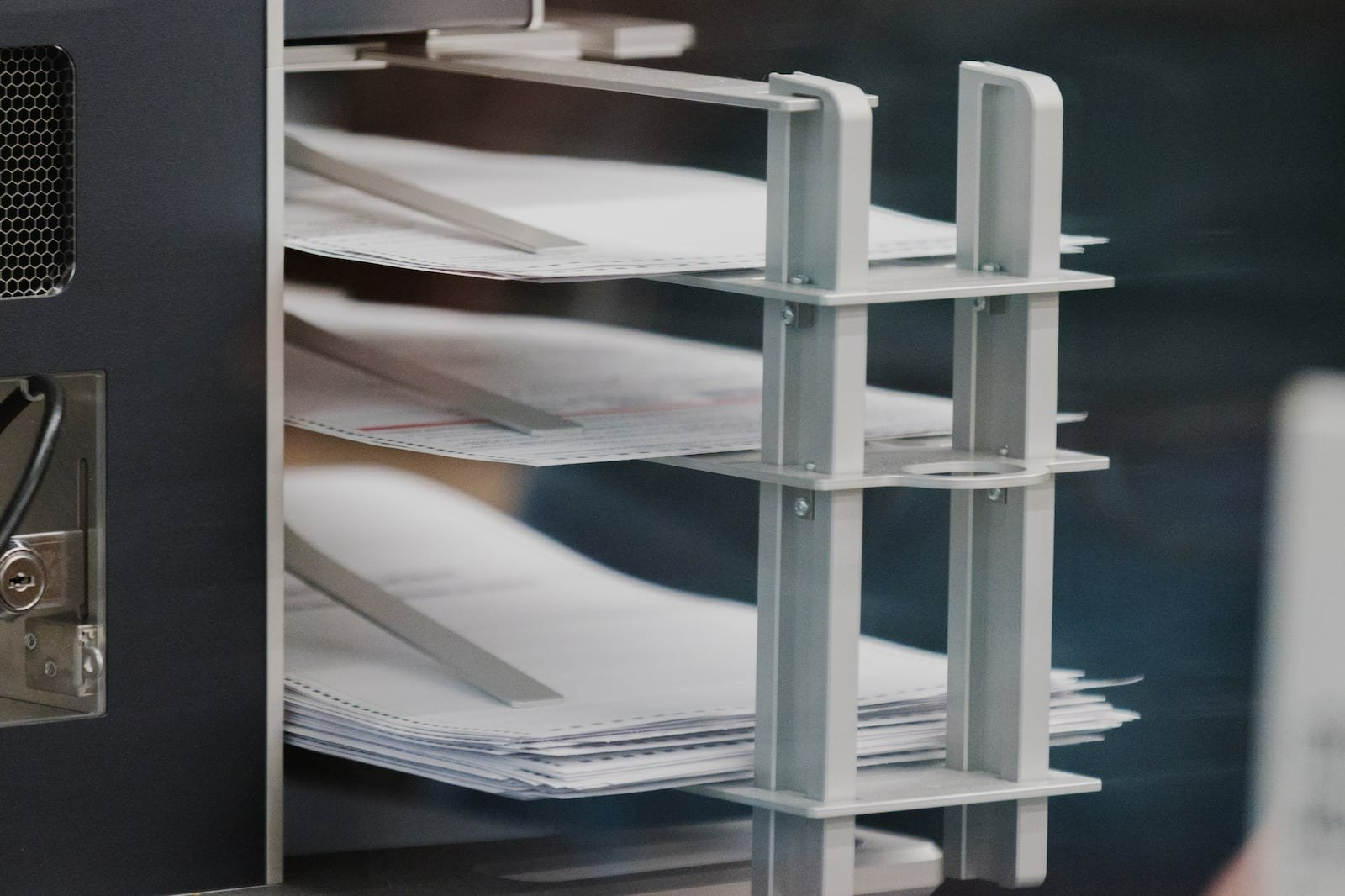2024 election
Pinal County, Arizona: A Full Day Dedicated to Counting Election Day Ballots

FLORENCE, Arizona — Following Election Day, Pinal County faced significant challenges as thousands of ballots remained untouched in the elections building. Despite Republican presidential candidate Donald Trump claiming victory, workers struggled to process the influx of votes.
Pinal County Recorder Dana Lewis recognized the need for breaks among her staff as exhaustion set in. With ballots awaiting tabulation, she encouraged her team to step away for food or a short nap, understanding they would be working well into the night.
The county took over 24 hours to tally all ballots cast at polling places, which is notably prolonged even for Arizona, a state accustomed to extended counting periods. Traditionally, in-person votes are counted by the morning after Election Day, while early-voting ballots tend to delay outcomes due to signature verifications.
A significant complication arose from unclear marks on the ballots, which required a bipartisan team to interpret voter intent. Pinal County underestimated both the quantity of such ambiguous votes and the staffing necessary to resolve them effectively, impacting their efficiency.
Fortunately, by Wednesday afternoon, the urgency to complete the count lessened as the presidential race was already decided. In contrast, during the 2020 elections, Pinal County’s results had drawn national attention for their delay.
This rapidly growing county has seen an increase in voter turnout, resulting in a greater number of ballots to process. Officials had anticipated improvements from a newly designed elections center and updated procedures. However, they failed to account for the unique voting behaviors that contributed to the bottleneck.
Approximately 3% to 5% of the 44,000 ballots submitted had unclear markings, a figure exceeding previous elections. Lewis suggested that voters may have opted to mark their ballots rather than request new ones, particularly given the lengthy nature of this year’s ballot.
Issues arose when tabulation machines could not accurately interpret certain marks, such as when voters circled a choice after marking multiple candidates. The bipartisan team worked to clarify voter intent and recreate the ballot using accessible devices, leading to a visible backlog in the tabulation process.
In contrast, Maricopa County, Arizona’s largest, processes Election Day ballots directly at polling places, thereby avoiding similar complications. They utilize advanced electronic systems for early ballots, allowing for quicker decision-making on voter intent.
Looking ahead, Lewis is exploring various options to enhance the efficiency of future elections, including potentially adopting Maricopa’s electronic system, though she expressed concerns about transparency. Hiring additional staff and acquiring more tabulation machines may also be on the table.
With just two hours of sleep under her belt, Lewis emphasized the need for change before the next election. Late Wednesday night, Pinal County released its final Election Day results and prepared to tackle the remaining early ballots, facing the daunting task of counting approximately 20,000 votes.


















